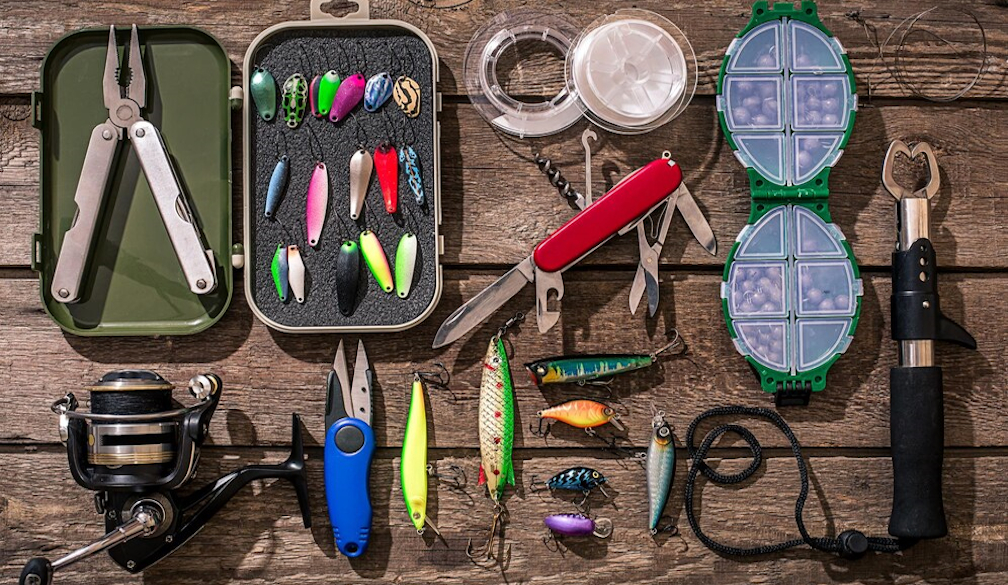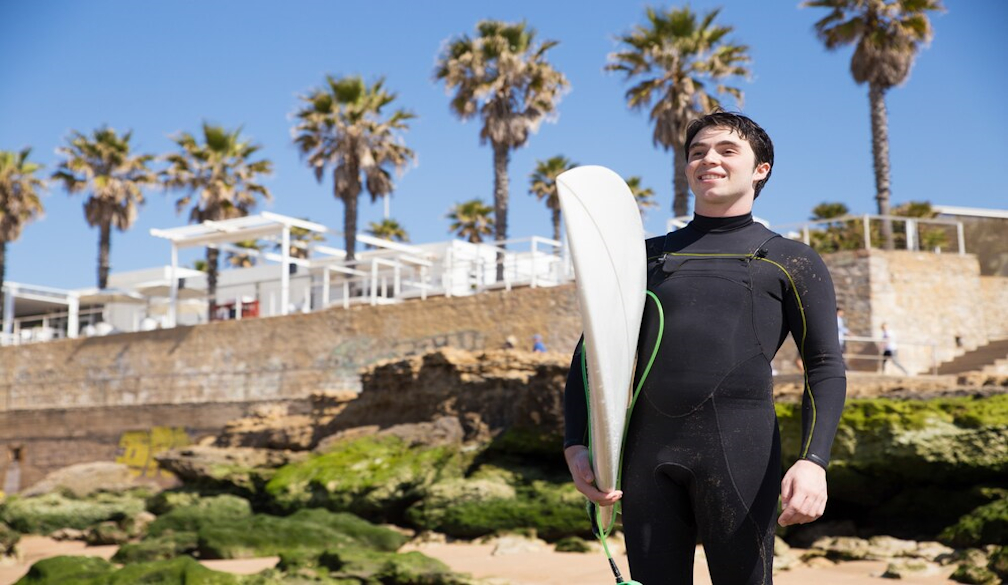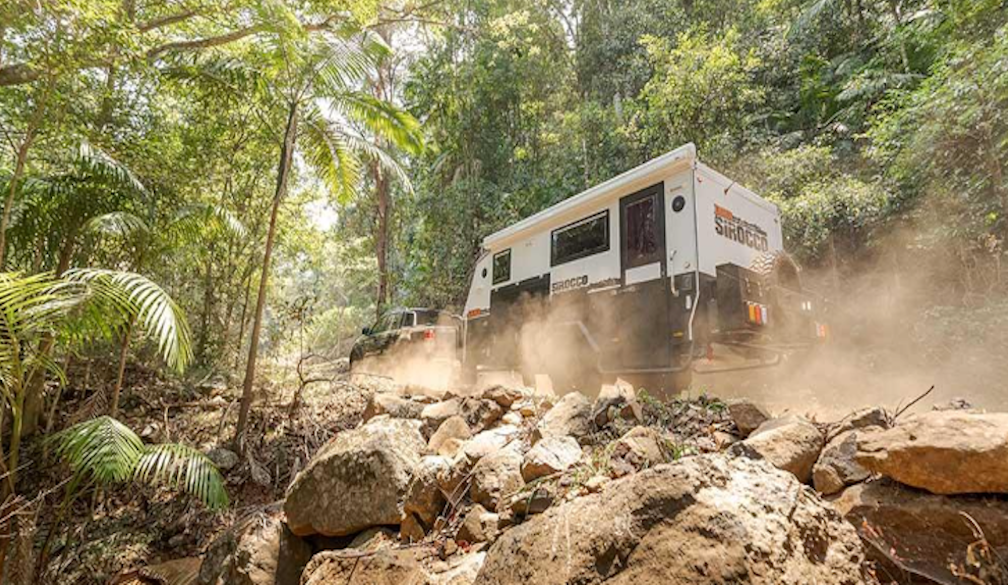Exploring Different Bait Board Designs and Innovations

Bait boards are an essential tool for anglers, providing a dedicated space for preparing bait and organising fishing gear while out on the water. Over the years, various designs and innovations have emerged to enhance functionality and convenience for anglers. In this article, we delve into the diverse world of bait board designs and the latest innovations that cater to the needs of fishermen.
Traditional Bait Board Designs
Traditional bait board designs typically feature a flat surface with slots or compartments for holding bait, knives, pliers, and other essential tools. These boards are often mounted on the gunwale or transom of a boat, providing a stable platform for anglers to work on. While functional, traditional bait boards may lack versatility and customisation options.
Multi-functional Bait Boards
In recent years, there has been a surge in multi-functional bait board designs that offer enhanced versatility and convenience. These boards often incorporate additional features such as rod holders, cup holders, and storage compartments, allowing anglers to streamline their fishing experience. Some models even come equipped with built-in LED lights for improved visibility during night fishing sessions.
Adjustable and Portable Designs
Another trend in bait board innovation is the development of adjustable and portable designs. These boards are designed to be lightweight and compact, making them easy to transport and install on various types of watercraft. Adjustable height and angle settings provide anglers with greater flexibility, allowing them to customise the board to their preferred working position.
Materials and Durability
When it comes to materials, bait boards are commonly constructed from marine-grade plastics, stainless steel, or high-density polyethylene. These materials offer durability and resistance to corrosion, ensuring that the board can withstand the rigors of saltwater fishing environments. Some manufacturers also offer custom options, allowing anglers to personalise their bait board with colors, logos, and other design elements.
Innovations in Cutting Surfaces
The cutting surface of a bait board is a critical component, as it must be durable enough to withstand repeated use while also providing a safe and efficient cutting area. Innovations in cutting surface materials have led to the development of boards with self-healing properties, which can help extend the lifespan of the board and maintain its appearance over time. Textured surfaces and integrated drainage systems are also common features that enhance safety and functionality.
Integration with Technology
In the age of digital innovation, some bait board manufacturers have begun integrating technology into their designs. This includes features such as smartphone holders, wireless charging pads, and Bluetooth connectivity for syncing with fishing apps and electronic devices. These technological advancements cater to the needs of tech-savvy anglers who rely on digital tools to enhance their fishing experience.
Environmental Considerations
As concern for the environment grows, there is a growing emphasis on sustainability in bait board design. Manufacturers are increasingly using eco-friendly materials and production processes to minimise their environmental impact. Additionally, some companies are exploring innovative ways to incorporate recycled materials into their bait board designs, further reducing waste and promoting sustainability in the fishing industry.
Conclusion
The world of bait board designs and innovations is vast and continually evolving to meet the diverse needs of anglers. From traditional models to multi-functional and portable designs, there is a bait board available to suit every fishing style and preference. By embracing technological advancements and prioritising sustainability, manufacturers are shaping the future of bait board design, ensuring that anglers can enjoy a safer, more efficient, and environmentally responsible fishing experience.




